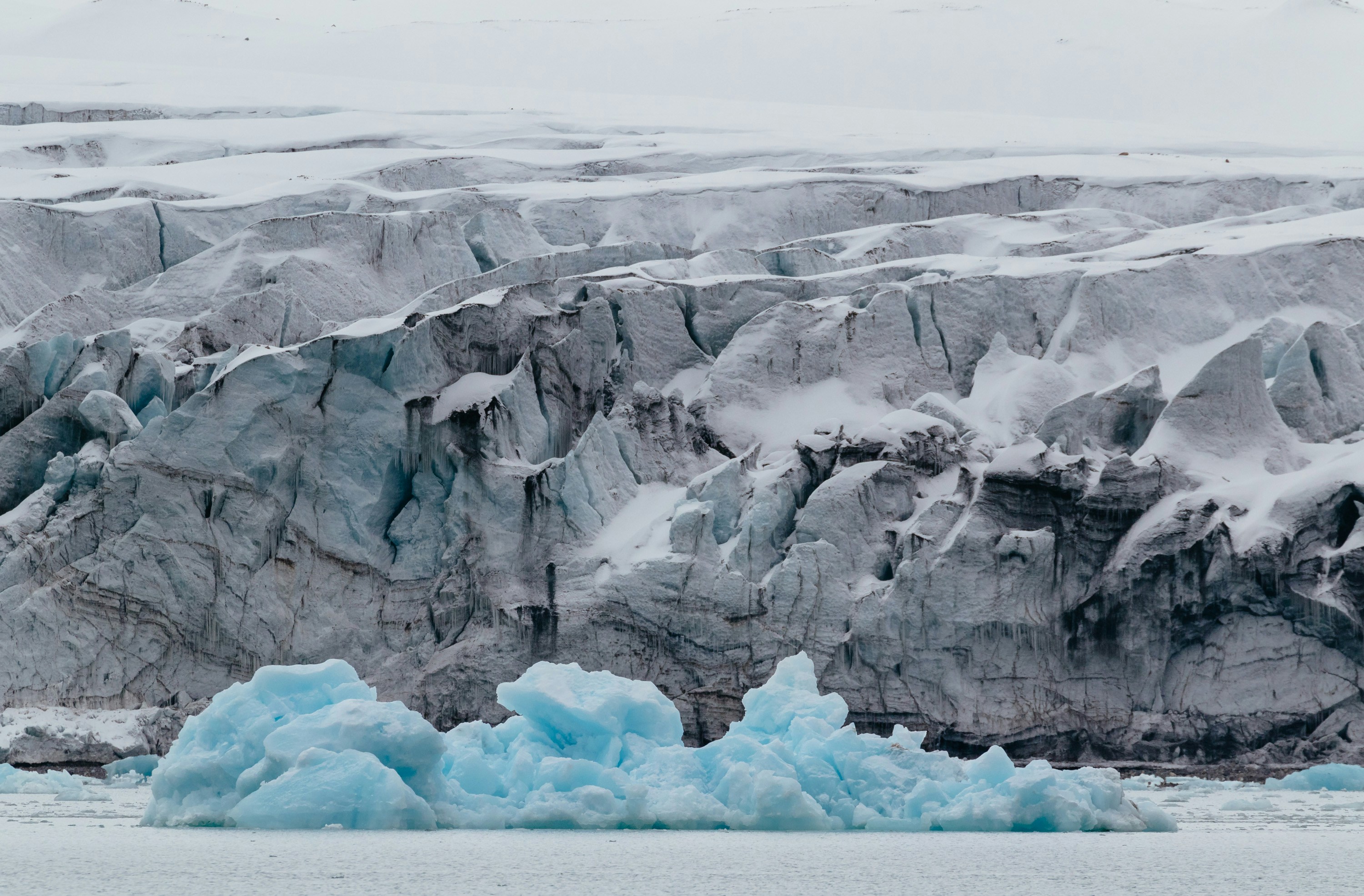Are you a beginner looking to experience the benefits of cold plunging but not sure where to start? Look no further! In this article, we will share with you the best way to ease into the invigorating world of cold plunging. Whether you’re seeking improved circulation, reduced inflammation, or increased mental clarity, we’ve got you covered. Get ready to embrace the cold and embark on a journey of wellness unlike any other.
Understanding Cold Plunging
What is Cold Plunging?
Cold plunging, also known as cold water immersion, is the practice of deliberately exposing your body to extremely cold temperatures for various health benefits. It involves immersing yourself in cold water, either through swimming in natural bodies of cold water or by taking cold showers or baths. Cold plunging has been practiced for centuries and is believed to have numerous physical and mental benefits.
The Benefits of Cold Plunging
Cold plunging offers a wide range of benefits for both your body and mind. One of the main advantages is its ability to promote better circulation. When exposed to cold water, your blood vessels constrict, which increases the efficiency of blood flow and helps flush out waste products from your muscles. This can aid in muscle recovery and reduce soreness after intense workouts.
Cold plunging can also boost your immune system. The exposure to cold temperatures stimulates the production of white blood cells, which play a crucial role in fighting off infections and diseases. Additionally, it can improve your skin health by tightening pores and reducing inflammation, resulting in a clearer and more youthful complexion.
Other benefits of cold plunging include increased energy levels, improved mental clarity, reduced stress and anxiety, enhanced mood, and better sleep quality. The cold water stimulates the release of endorphins, or “feel-good” hormones, which can contribute to an overall sense of well-being.
Safety Considerations
While cold plunging can offer numerous benefits, it is crucial to prioritize safety and take certain precautions. Cold water can be dangerous if not approached with caution, especially for individuals with certain health conditions or poor cold tolerance.
Before engaging in cold plunging, it is essential to consult with a healthcare professional, especially if you have any pre-existing medical conditions or concerns. They can assess your health status and provide personalized guidance on whether cold plunging is suitable for you.
Additionally, it is crucial to assess your fitness level before starting cold plunging. If you are unaccustomed to physical activity or have any underlying health issues, it is advisable to gradually build up your fitness level before attempting cold plunging. This will help ensure that your body can handle the stress of the cold water immersion.
Gradually introducing cold showers is an excellent way to acclimate your body to the cold temperatures. Start by ending your hot shower with a quick blast of cold water for a few seconds, gradually increasing the duration as your body becomes more accustomed to the sensation. This gradual exposure can help train your body to adapt to the cold more effectively.
Acclimating to cold temperatures is another crucial aspect of cold plunging. Start by spending short periods of time in cold temperatures, such as sitting in a chilled room or taking short walks outside in cold weather. As your body becomes more comfortable with the cold, you can gradually increase the duration and intensity of your cold plunging sessions.
Preparing for Cold Plunging
Consult with a Healthcare Professional
Before embarking on your cold plunging journey, it is important to consult with a healthcare professional, especially if you have any underlying health conditions or concerns. They can evaluate your medical history and provide personalized guidance on whether cold plunging is safe and suitable for you.
Your healthcare provider may also offer specific recommendations on how to approach cold plunging based on your individual health status. It is crucial to follow their advice and seek their approval before engaging in any new physical activity, including cold plunging.
Assess Your Fitness Level
Assessing your fitness level is another essential step in preparing for cold plunging. Cold plunging can create a significant physiological stress on your body, and it is important to ensure that your body is adequately prepared for this stress.
If you are currently leading a sedentary lifestyle or have underlying health issues, it may be wise to start by gradually building up your fitness level before attempting cold plunging. This can involve engaging in regular cardiovascular exercise, such as brisk walking, jogging, or cycling, and incorporating strength training exercises to improve your overall fitness.
By gradually improving your fitness level, you can enhance your body’s ability to handle the physiological stress of cold plunging. This can lead to a safer and more enjoyable experience overall.
Gradually Introduce Cold Showers
One of the most effective ways to acclimate your body to cold temperatures is by gradually introducing cold showers into your daily routine. Begin by ending your hot shower with a quick blast of cold water for a few seconds, gradually increasing the duration as your body becomes more accustomed to the sensation.
This gradual exposure to cold water helps train your body to adapt to the cold more effectively. It allows your blood vessels to constrict and your body to regulate its temperature more efficiently. Over time, you will find that your tolerance to cold temperatures improves, making cold plunging a more comfortable experience.
Acclimate to Cold Temperatures
In addition to gradually introducing cold showers, it is essential to acclimate your body to cold temperatures in general. Start by spending short periods of time in cold temperatures, such as sitting in a chilled room or taking short walks outside in cold weather.
By exposing yourself to cold temperatures in a controlled manner, you enable your body to adjust to the sensation of cold and enhance its tolerance. This acclimation process can help reduce the shock to your system when you eventually engage in full cold plunging.
Choosing the Right Location
Find a Suitable Cold Plunging Spot
When it comes to cold plunging, choosing the right location is key. If you have access to natural bodies of cold water such as lakes, rivers, or the ocean, these can provide an ideal setting for cold plunging. Natural bodies of water offer the added benefit of immersing yourself in nature, which can further enhance the overall experience.
If natural bodies of water aren’t readily available to you, consider creating a cold plunge pool or tub. These can be installed in your backyard or even indoors, providing a dedicated space for cold water immersion. When creating a cold plunge pool or tub, ensure that it is designed with safety and comfort in mind.
Consider Accessibility and Safety
When choosing a cold plunging spot, it is important to consider accessibility and safety. A location that is easily accessible from your home or workplace will encourage regular cold plunging sessions. Look for a spot that is within a reasonable distance and can fit into your daily routine without significant inconvenience.
Safety is of utmost importance when engaging in cold plunging, especially if you are opting for natural bodies of water. Be cautious of potential hazards such as strong currents, slippery rocks, or uneven terrain. Always ensure that the area is monitored or frequented by other people who can provide assistance in case of an emergency.
Indoor vs. Outdoor Plunges
The decision to engage in indoor or outdoor cold plunging will depend on your personal preferences and the availability of suitable locations. Indoor plunges offer the advantage of privacy and convenience, as you can control the water temperature and other environmental factors. They are also a viable option during colder months or in regions with extreme weather conditions.
On the other hand, outdoor plunges can provide a unique and invigorating experience, immersing yourself in nature and connecting with the elements. Many people find outdoor cold plunges to be more refreshing and energizing, as they allow for a greater sense of immersion and connection with the surrounding environment.
Consider your individual preferences, the availability of suitable locations, and the different experiences each option offers before making your decision.




